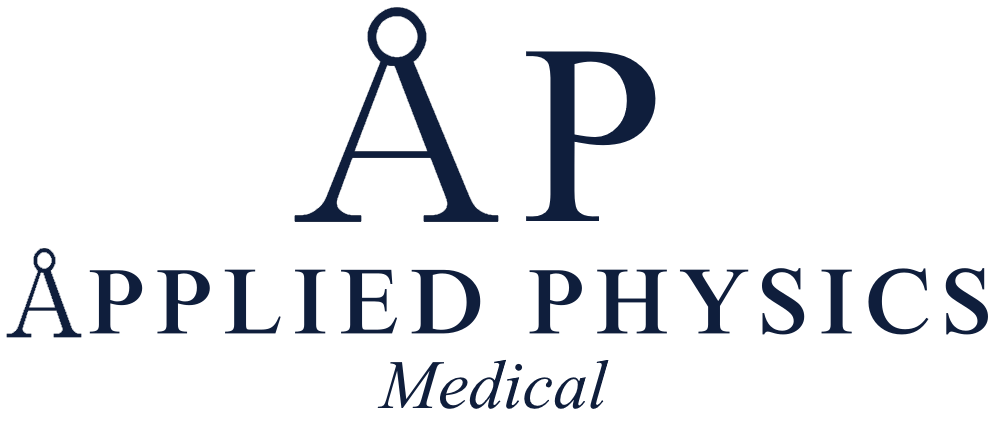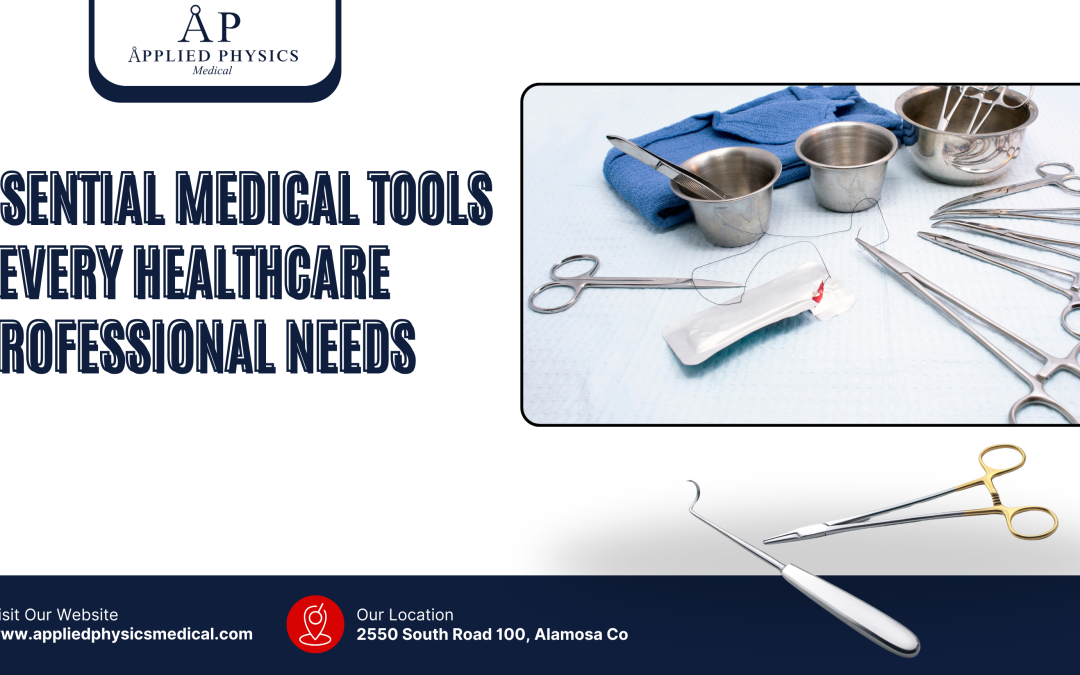Introduction
The stethoscope is perhaps the most iconic and recognizable tool in the medical field. It is a vital diagnostic tool that allows healthcare professionals to listen to the internal sounds of the body, such as the heartbeat, lungs, and intestines. The stethoscope consists of a chest piece, which is placed on the patient’s body, and earpieces, which allow the healthcare professional to listen to the sounds.
The chest piece typically has a diaphragm for high-frequency sounds and a bell for low-frequency sounds. The stethoscope is used to detect abnormalities in the heart, lungs, and other organs, and is an essential tool for diagnosing a wide range of medical conditions. Without the stethoscope, healthcare professionals would not be able to accurately assess the internal sounds of the body, making it an indispensable tool in any medical setting.
The stethoscope has been used in medicine for over 200 years and has become a symbol of the medical profession. It was invented by French physician René Laennec in 1816 and has since become an essential tool for healthcare professionals around the world. The stethoscope has evolved over the years, with modern versions featuring improved acoustics and ergonomic designs.
Today, there are many different types of stethoscopes available, including electronic stethoscopes that amplify sounds and allow for easier listening. Despite these advancements, the basic design and function of the stethoscope have remained largely unchanged, highlighting its timeless importance in the field of medicine.
Key Takeaways
- The stethoscope is an iconic diagnostic tool used by healthcare professionals for listening to the heart, lungs, and other internal sounds.
- A blood pressure cuff is essential for monitoring vital signs and detecting any abnormalities in blood pressure levels.
- A thermometer is a crucial tool for healthcare professionals to monitor and assess a patient’s body temperature.
- An otoscope is used for examining the ears and detecting any abnormalities or infections.
- A reflex hammer is used to test neurological function and assess the reflexes of patients.
Blood Pressure Cuff: Monitoring Vital Signs
The blood pressure cuff is another essential tool for healthcare professionals, used to monitor a patient’s blood pressure. It consists of an inflatable cuff that is wrapped around the patient’s arm, a pressure gauge to measure the pressure, and a stethoscope or electronic sensor to detect the sounds of blood flow.
Monitoring blood pressure is crucial for diagnosing and managing conditions such as hypertension, hypotension, and other cardiovascular diseases. Without the blood pressure cuff, healthcare professionals would not be able to accurately assess a patient’s blood pressure, making it an indispensable tool in any medical setting.
Historical Context
The blood pressure cuff has been used in medicine for over a century and has become a standard tool for monitoring vital signs. It was first introduced by Italian physician Scipione Riva-Rocci in 1896 and has since evolved with modern versions featuring automated inflation and digital displays for easier reading.
Thermometer: Essential for Temperature Monitoring
The thermometer is an essential tool for healthcare professionals, used to measure a patient’s body temperature. It consists of a probe that is placed in the patient’s mouth, ear, armpit, or rectum, and a display that shows the temperature reading.
Monitoring body temperature is crucial for diagnosing and managing conditions such as infections and heat stroke. Without the thermometer, healthcare professionals would not be able to accurately assess a patient’s body temperature, making it an indispensable tool in any medical setting.
Evolution of Thermometers
The thermometer has been used in medicine for centuries and has evolved over the years, with modern versions featuring digital displays and faster readings for easier use. Today, there are many different types of thermometers available, including infrared thermometers for non-contact measurements.
Otoscope: Examining the Ears
| Medical Tool | Description |
|---|---|
| Stethoscope | An essential tool for listening to heart, lung, and bowel sounds. |
| Blood Pressure Cuff | Used to measure a patient’s blood pressure. |
| Thermometer | Measures body temperature, crucial for diagnosing illnesses. |
| Otoscope | Used to examine the ears for infections or other issues. |
| Ophthalmoscope | Allows examination of the eyes, including the retina and optic nerve. |
| Tongue Depressor | Used to hold down the tongue for throat examination. |
| Sphygmomanometer | Measures blood pressure using an inflatable cuff. |
| Gloves | Protects healthcare professionals from contamination and infection. |
| Scalpel | A small, sharp knife used for surgical procedures. |
| Tweezers | Used for removing foreign objects from the skin or wounds. |
The otoscope is a vital tool for healthcare professionals used to examine the ears and diagnose ear-related conditions. It consists of a handle with a light source and a magnifying lens, as well as disposable specula to protect against cross-contamination.
Without the otoscope, healthcare professionals would not be able to accurately assess the ears, making it an indispensable tool in any medical setting. The otoscope has evolved over the years with modern versions featuring improved optics and ergonomic designs.
Reflex Hammer: Testing Neurological Function
The reflex hammer is an essential tool for healthcare professionals, used to test neurological function by eliciting reflexes in patients. It consists of a handle with a rubber head that is used to strike specific areas of the body to elicit reflex responses. The reflex hammer is used to assess deep tendon reflexes such as the knee jerk reflex, biceps reflex, and other reflexes that provide important information about a patient’s neurological health.
Testing reflexes is crucial for diagnosing and managing conditions such as nerve damage, spinal cord injuries, and other neurological disorders. Without the reflex hammer, healthcare professionals would not be able to accurately assess a patient’s neurological function, making it an indispensable tool in any medical setting. The reflex hammer has been used in medicine for over a century and has become a standard tool for testing neurological function.
It was first introduced in the late 19th century and has since become an essential tool for healthcare professionals around the world. The reflex hammer has evolved over the years, with modern versions featuring ergonomic designs and adjustable heads for easier use. Today, there are many different types of reflex hammers available, including weighted hammers for eliciting deep tendon reflexes.
Despite these advancements, the basic design and function of the reflex hammer have remained largely unchanged, highlighting its timeless importance in the field of medicine.
Sphygmomanometer: Measuring Blood Pressure
The sphygmomanometer is another essential tool for healthcare professionals, used to measure a patient’s blood pressure. It consists of an inflatable cuff that is wrapped around the patient’s arm, a pressure gauge to measure the pressure, and a stethoscope or electronic sensor to detect the sounds of blood flow. The sphygmomanometer is used to measure both systolic and diastolic blood pressure, providing important information about a patient’s cardiovascular health.
Monitoring blood pressure is crucial for diagnosing and managing conditions such as hypertension, hypotension, and other cardiovascular diseases. Without the sphygmomanometer, healthcare professionals would not be able to accurately assess a patient’s blood pressure, making it an indispensable tool in any medical setting. The sphygmomanometer has been used in medicine for over a century and has become a standard tool for measuring blood pressure.
It was first introduced in the late 19th century and has since become an essential tool for healthcare professionals around the world. The sphygmomanometer has evolved over the years, with modern versions featuring automated inflation and digital displays for easier reading. Today, there are many different types of sphygmomanometers available, including ambulatory monitors for continuous blood pressure monitoring.
Despite these advancements, the basic design and function of the sphygmomanometer have remained largely unchanged, highlighting its timeless importance in the field of medicine.
Penlight: Illuminating Examinations
The penlight is an essential tool for healthcare professionals, used to illuminate examinations and assess patients’ eyes, mouth, throat, and other areas of the body. It consists of a small flashlight with a focused beam of light that can be directed at specific areas during examinations. The penlight is used to assess pupillary responses, check for oral abnormalities such as tonsillitis or throat infections, and examine other areas that require illumination for accurate assessment.
Without the penlight, healthcare professionals would not be able to accurately assess these areas of the body, making it an indispensable tool in any medical setting. The penlight has been used in medicine for decades and has become a standard tool for illuminating examinations. It was first introduced in the early 20th century and has since become an essential tool for healthcare professionals around the world.
The penlight has evolved over the years, with modern versions featuring LED lights and durable designs for long-lasting use. Today, there are many different types of penlights available, including disposable models for single-use examinations. Despite these advancements, the basic design and function of the penlight have remained largely unchanged, highlighting its timeless importance in the field of medicine.
Conclusion
These essential medical tools are indispensable for healthcare professionals in any medical setting. From diagnosing conditions to monitoring vital signs and assessing neurological function, these tools play a crucial role in providing quality care to patients. As technology continues to advance, these tools will likely evolve further to provide even more accurate assessments and diagnoses.


